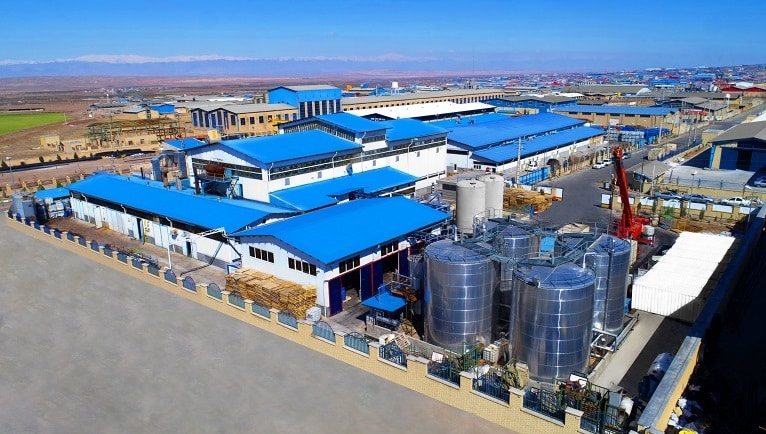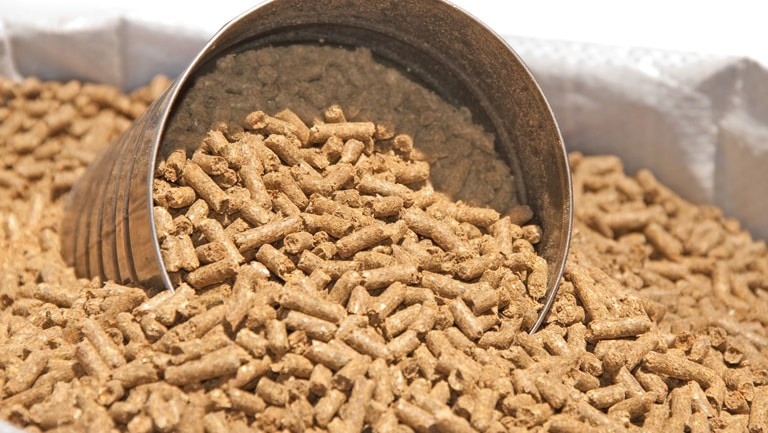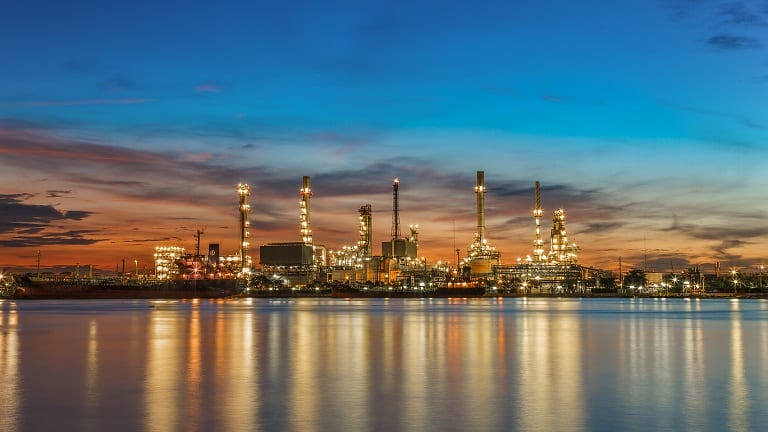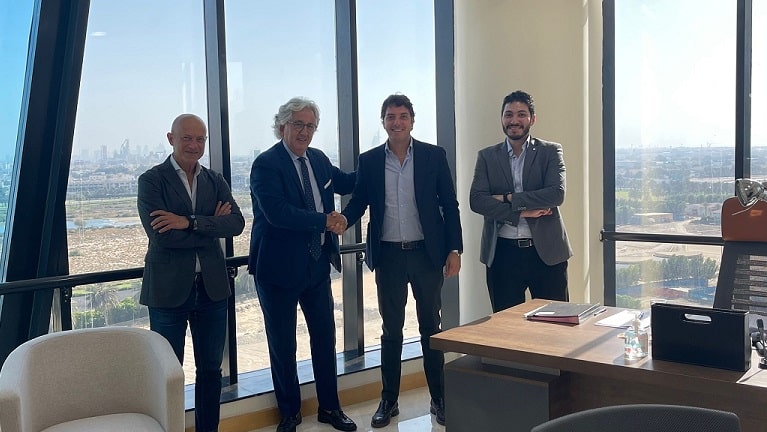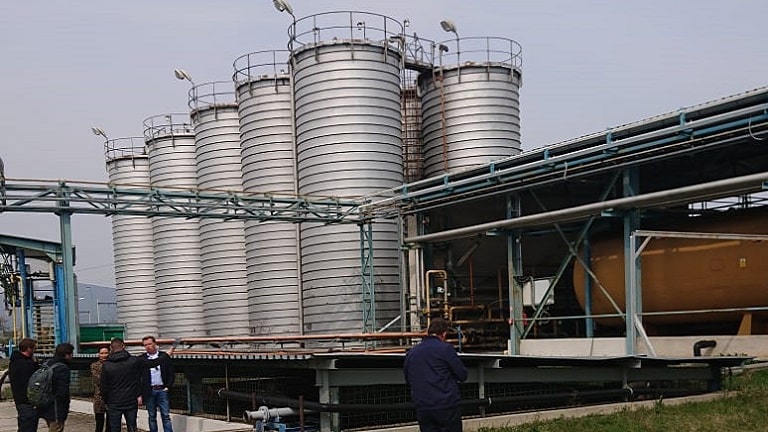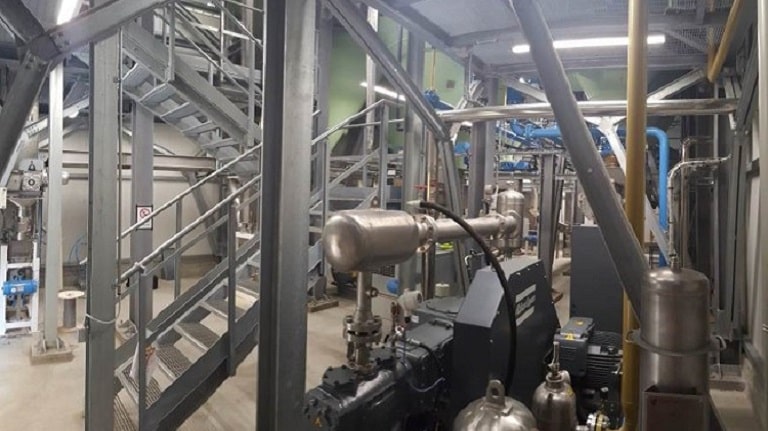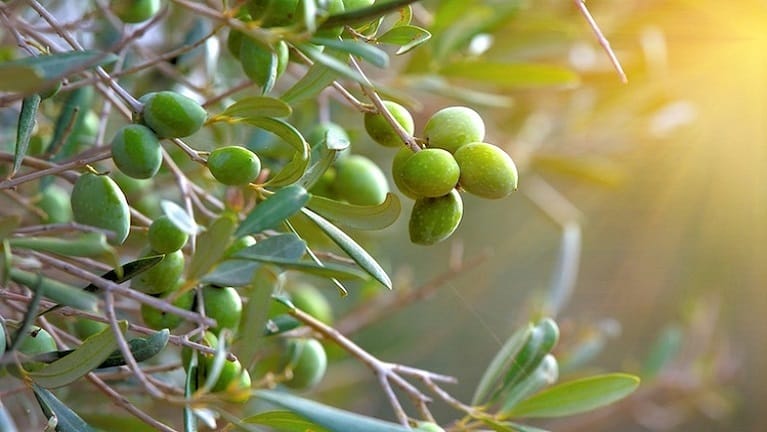TECHNOILOGY closes summer 2021 signing an important contract with Rusagro, a leading agrobusiness group specialized in the production of sugar, fats and pork. TECHNOILOGY will be in charge of revamping an existing multi-feedstock Preparation and Extraction plant, increasing its capacity from 1800 TPD to 2400 TPD. After a fierce competition, the company has been elected […]
- by Technoilogy
- News
TECHNOILOGY TO MANUFACTURE A GLYCERINE PLANT IN THE GULF AREA
TECHNOILOGY is pleased to announce the signature of a new contract for the manufacturing of a 60 TPD Glycerine Distillation Unit with major producer of chemical raw materials for cosmetics and detergents. The company is one of the 100 subsidiaries of a prominent global corporation operating in a variety of industrial areas, including Hygiene and […]
- by Technoilogy
- News
TECHNOILOGY TO BUILD A 200 TPD OIL TREATMENT UNIT IN EASTERN EUROPE
TECHNOILOGY starts year 2021 signing a new contract with a major European company for the manufacturing of 200 TPD Oil Treatment unit that will be fed with UCO and Rapeseed. The company is specialized in the trade grain seeds, oilseeds and feed components. The Degumming unit will be installed in an already existing complex and […]
- by Technoilogy
- News
TECHNOILOGY SIGNS 3 CONTRACTS FOR OIL PRE-TREATMENT IN HVO PRODUCTION
After closing a contract in February to assist a major international Oil Company with technical and engineering services, TECHNOILOGY signs 2 more contracts in the field of vegetable oil pre-treatment for HVO production with leading Oils & Gas companies. The contracts concern, respectively: 1 Basic Engineering Package for 3 lines of advanced Degumming with a […]
- by Technoilogy
- News
TECHNOILOGY OPENS A NEW BRANCH OFFICE IN DUBAI!
TECHNOILOGY s.r.l. is pleased to announce the opening of a new Branch Office in Dubai to reinforce its presence in the Middle East and Sub-Saharan Africa markets. The new Branch Office is the result of a joint venture with SAIMECO Group, a local organization specialized in Business Development, Public Affairs and Financial Advisory. The expansion […]
- by Technoilogy
- News
TURKEY: NEW CONTRACT SIGNED FOR FATTY ACID COMPLEX
TECHNOILOGY is pleased to announce the signature of a new contract for a Fatty Acid complex with Turkish company SAM. The plant to be manufactured will be fed mainly with Acid oil but also with other vegetable feedstocks (like Palm Oil, Palm Stearine, PFAD, Used Cooking Oil, Refined and Semi-refined Vegetable Oil) and produce Distilled […]
- by Technoilogy
- News
MAJOR ITALIAN NEWS NETWORK INTERVIEWS TECHNOILOGY
Andrea Bernardini: “Our strengths? Innovation capacity and family management” The Commercial Director of Technoilogy speaks to TgcomLab about the company’s leadership in the supply of plants for vegetable oil Extraction and Refining and Animal Fat Processing. Over 65 years of history, experience and excellence. These are the winning ingredients of TECHNOILOGY, world leader in the […]
- by Technoilogy
- News
TECHNOILOGY APPOINTED TO BUILD 200 TPD PLANT IN SLOVAKIA!
TECHNOILOGY is glad to announce a new agreement for the manufacturing of a 200 TPD plant in Slovakia for UCO Treatment and for Biodiesel & Glycerine Production. The appointment comes after a successful feasibility study performed in the first half or the year by the company’s Engineering Team. In the last decade, the company’s R&D […]
- by Technoilogy
- News
NEW SPECIAL PROJECT IN SPAIN FOR RICE DISINFESTATION
TECHNOILOGY signed an agreement with Euricom Group, a major multinational company specialized in agricultural production and food trading. The company will assist Curtiriso, the Euricom branch in charge of rice processing, with the manufacturing of a new plant in Spain for rice disinfestation. The plant will apply for the first time An innovative technology based […]
- by Technoilogy
- News
TECHNOILOGY SUCESSFULLY REVAMPS ITALIAN PLANT
TECHNOILOGY successfully revamped an Italian multi-feedstock Refinery operating in the field of organic oil. The plant, commissioned in early November, will now be able to increase its production and broaden its export markets. The local company’s line consists of fine seed oils, a premium selection of extra virgin olive oils and tasty pesto, sauces and […]

